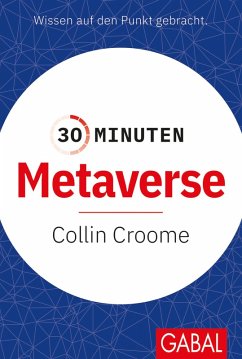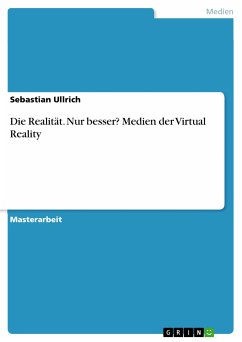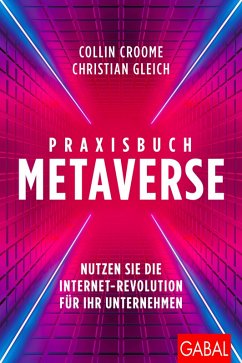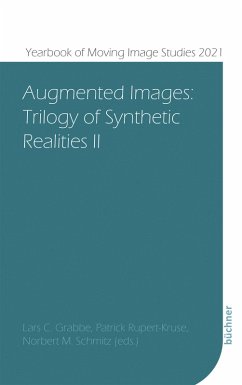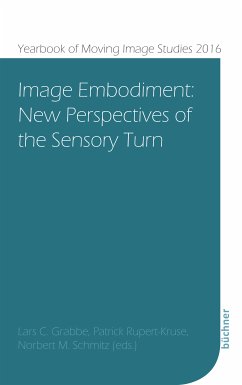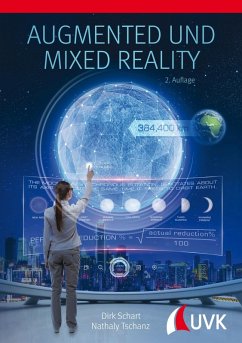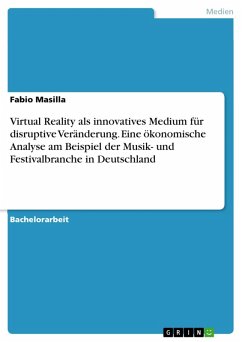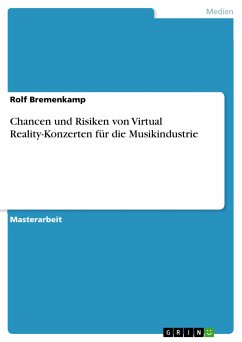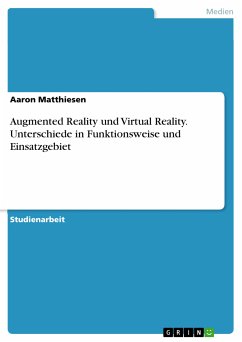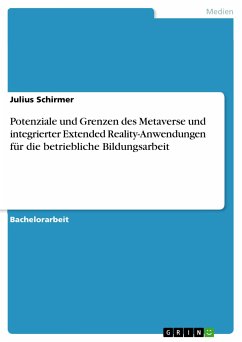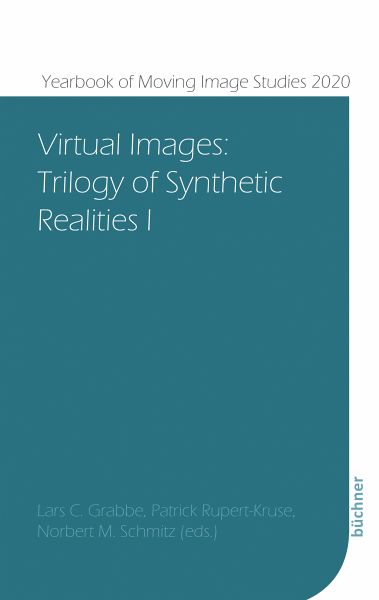
Virtual Images (eBook, PDF)
Trilogy of Synthetic Realities I
Redaktion: Grabbe, Lars C.; Schmitz, Norbert M.; Rupert-Kruse, Patrick
Sofort per Download lieferbar
Statt: 49,00 €**
13,00 €
inkl. MwSt. und vom Verlag festgesetzt.
**Preis der gedruckten Ausgabe (Gebundenes Buch)
Alle Infos zum eBook verschenkenWeitere Ausgaben:

PAYBACK Punkte
0 °P sammeln!
Common boundaries between the physical reality and rising digital media technologies are fading. The age of hyper-reality becomes an age of hyper-aesthetics. Immersive media as well as image technologies - like virtual reality - enable a completely novel form of interaction and corporeal relation to and with the virtual image structures. >VR Images< contributes to the wide range of the hyper-aesthetic image discourse to connect the concept of dynamic virtual images with the approaches in modern media theory, philosophy, perceptual theory, aesthetics, computer graphics, art history and techno-a...
Common boundaries between the physical reality and rising digital media technologies are fading. The age of hyper-reality becomes an age of hyper-aesthetics. Immersive media as well as image technologies - like virtual reality - enable a completely novel form of interaction and corporeal relation to and with the virtual image structures. >VR Images< contributes to the wide range of the hyper-aesthetic image discourse to connect the concept of dynamic virtual images with the approaches in modern media theory, philosophy, perceptual theory, aesthetics, computer graphics, art history and techno-art as well as the complex range of image science. Shared goal is a critical discussion of the specific epistemology of aesthetic and scientific approaches to VR. This volume discusses the relation of images and technological evolution in the context of virtual reality within the perspective of an autonomous image science.
Dieser Download kann aus rechtlichen Gründen nur mit Rechnungsadresse in A, B, BG, CY, CZ, D, DK, EW, E, FIN, F, GR, H, IRL, I, LT, L, LR, M, NL, PL, P, R, S, SLO, SK ausgeliefert werden.




